Ten years ago, when Jacky Chan (
How things have changed.
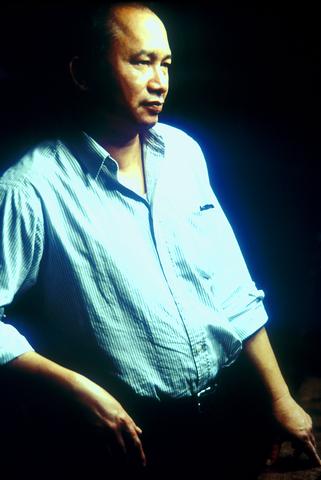
PHOTO: UIP
Now, few Hollywood action films are complete without the high-wire acrobatics and sophisticated fight choreography that has made Hong Kong's directors the darlings of the box office.
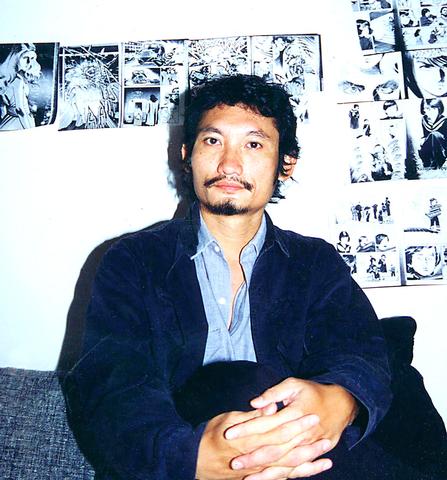
PHOTO: COURTESY OF BUENA VISTA
In the early days of Hong Kong film releases in the US, Jacky Chan was described as "the action star who does stunts himself," and John Woo's unique style was described in bland, uninspiring phrases such as "things you've never seen before."
Now we have the "aesthetic of violence" and the increasingly sophisticated use of wire-assisted stunt movements that gave Ang Lee's Crouching Tiger, Hidden Dragon (
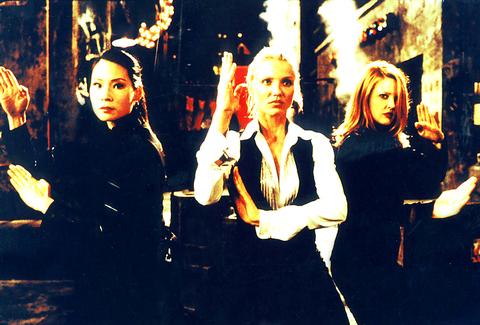
PHOTO: COURTESY OF BUENA VISTA
Western audiences have first come to accept, and then to crave, the choreographed fight sequences that have long been part of the Chinese martial arts or kung fu genre. The superheros of X-Men and Keanu Reeves in The Matrix, got things started, and with Drew Barrymore, Cameran Diaz and Lucy Liu of Charlie's Angles performing the kung fu moves previously the exclusive domain of Hong Kong kick'em ups, the trend is clearly on the rise.
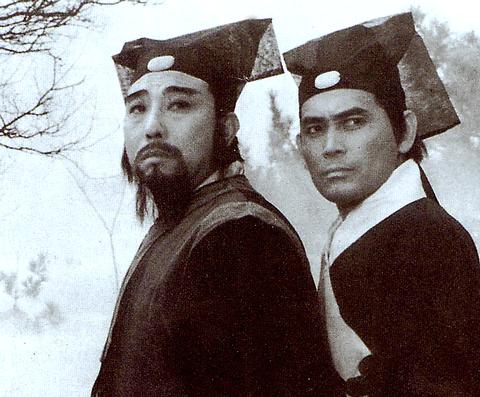
PHOTO: COURTESY OF TFF
And now Angelina Jolie, Hollywood's most wanted actress, is set to follow suit with a new range of wire-assisted stunts as she plays computer game sex-kitten Lara Croft in a film adaptation of the highly successful action-adventure game Tomb Raider.
But the ultimate sign of the genre's hold on the American public's imagination is the unprecedented success of Lee's Crouching Tiger.
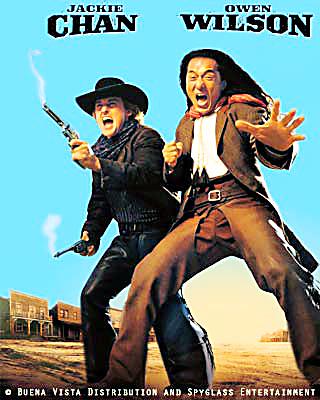
PHOTO: UIP
The film has been packing in US viewers, who are notoriously difficult to satisfy as far as foreign-language films are concerned. Many of them are there to see the exquisitely designed fight scenes, including trademark flying through the air, running up walls and swaying atop bamboo, coordinated by Hong Kong martial art master Yuan Wo-ping (袁和平).
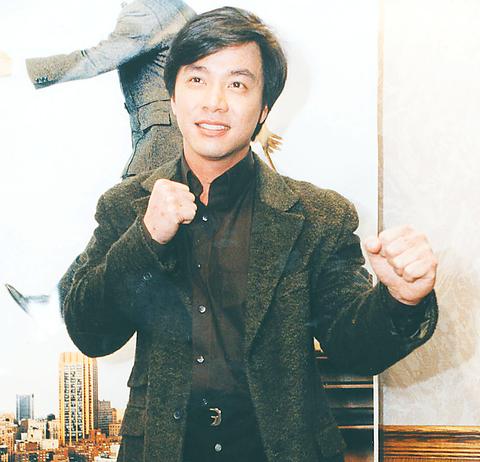
FILE PHOTO
"Almost every new Hollywood [action] film is using wire stunts," according to film critic Chris Wang (王志成).
But it isn't just the kung fu moves and the wire-assisted stunts used by the Hong Kong film industry that appeals to Hollywood. In a recent article entitled "Hollywood Movie, Made in Hong Kong," Wang said that Hollywood is also appropriating the narrative style and genre distinctions of Hong Kong cinema, not to mention some of its best acting and technical talent as well.
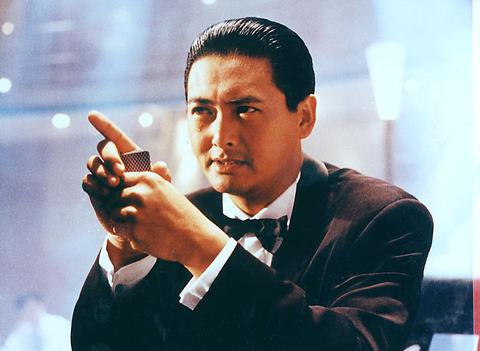
FILE PHOTO
According to Wang, director Quentin Tarantino was one of the key people in bringing the gospel of Hong Kong action film making to Hollywood. Before shooting to stardom with Reservoir Dogs and Pulp Fiction, Tarantino worked for a video rental store and become a connoisseur of Hong
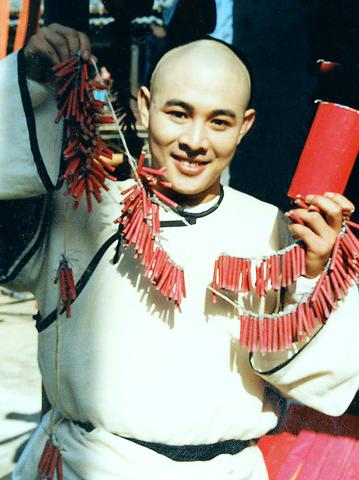
FILE PHOTO
Kong gangster films of the 1980s. After the huge success of Pulp Fiction, his praise of Hong Kong filmmakers Tsui Hark (
In fact, Tarantino owed such a large artistic debt to Hong Kong films that, according to Wang, NY film school students claimed that he lifted sections of Reservoir Dogs from City on Fire by Ringo Lam (
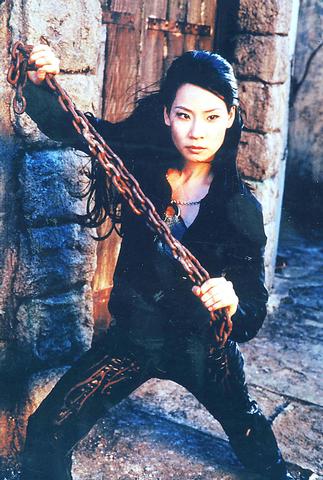
PHOTO: COURTESY OF BUENA VISTA
Films by Tsui Hark such as Peking Opera Blues (
These films, which were often a hybrid of diverse elements, became cult classics of the type Tarantino watched as a video store clerk.
"These films have similar narrative and staging method as Hollywood, even copying some classic scenes from Western films," Wang said.
This tiny foothold in the US market was subsequently reinforced by the shift of popular directors and stars to Hollywood. This was partly a result of film industry jitters over censorship and a slump in the industry generally that preceded reunification with China.
"For these filmmakers, a major difference working in the US environment was to adjust to the director-as-hire system," Wang said.
Under this system, Hong Kong directors were at the mercy of the scripts the studios might offer them. Wang said that being forced into this more passive position in the creative process accounted for the failure of films like the Jean Claude van Damme vehicles Knock Off and Double Team, by Tsui Hark, in spite of his reputation for turning out hits in Hong Kong.
Tsui is a good example of how the relationship between the Hong Kong and US film industries has changed over the years.
"The relationship between Hong Kong and Hollywood is very interesting. In the 1980s, it was Hong Kong imitating Hollywood. Now, it is Hollywood imitating Hong Kong," Wang said.
To make Zu: Warriors from the Magic Mountain (
In many cases, however, the two genres are feeding off each other.
Jackie Chan's Armor of God (
"Hong Kong's filmmaking is like cooking a chop-suey dish -- you mix everything up. This is related to the way Hong Kong movies are made -- it is collective creativity," said Wang. On the other hand, mixed-genre films have been much less common in the West.
But Hollywood has a long history of allowing talented individuals to change the face of movie making -- from Charlie Chaplin to Alfred Hitchcock to French New Wave; now it is the turn of the Hong Kong action spectacular.
"There is nothing novel that Hollywood cannot take. After accepting it, Hollywood lets it survive based on market results. It is very cruel, but a very healthy dynamic balance," said Wang.
So while the Hong Kong film industry might be on its deathbed, Hong Kong-style filmmaking will never die. It will simply be reincarnated as part of a new-looking Hollywood feature.

May 26 to June 1 When the Qing Dynasty first took control over many parts of Taiwan in 1684, it roughly continued the Kingdom of Tungning’s administrative borders (see below), setting up one prefecture and three counties. The actual area of control covered today’s Chiayi, Tainan and Kaohsiung. The administrative center was in Taiwan Prefecture, in today’s Tainan. But as Han settlement expanded and due to rebellions and other international incidents, the administrative units became more complex. By the time Taiwan became a province of the Qing in 1887, there were three prefectures, eleven counties, three subprefectures and one directly-administered prefecture, with

It’s an enormous dome of colorful glass, something between the Sistine Chapel and a Marc Chagall fresco. And yet, it’s just a subway station. Formosa Boulevard is the heart of Kaohsiung’s mass transit system. In metro terms, it’s modest: the only transfer station in a network with just two lines. But it’s a landmark nonetheless: a civic space that serves as much more than a point of transit. On a hot Sunday, the corridors and vast halls are filled with a market selling everything from second-hand clothes to toys and house decorations. It’s just one of the many events the station hosts,

Among Thailand’s Chinese Nationalist Party (KMT) villages, a certain rivalry exists between Arunothai, the largest of these villages, and Mae Salong, which is currently the most prosperous. Historically, the rivalry stems from a split in KMT military factions in the early 1960s, which divided command and opium territories after Chiang Kai-shek (蔣介石) cut off open support in 1961 due to international pressure (see part two, “The KMT opium lords of the Golden Triangle,” on May 20). But today this rivalry manifests as a different kind of split, with Arunothai leading a pro-China faction and Mae Salong staunchly aligned to Taiwan.

Two moves show Taichung Mayor Lu Shiow-yen (盧秀燕) is gunning for Chinese Nationalist Party (KMT) party chair and the 2028 presidential election. Technically, these are not yet “officially” official, but by the rules of Taiwan politics, she is now on the dance floor. Earlier this month Lu confirmed in an interview in Japan’s Nikkei that she was considering running for KMT chair. This is not new news, but according to reports from her camp she previously was still considering the case for and against running. By choosing a respected, international news outlet, she declared it to the world. While the outside world